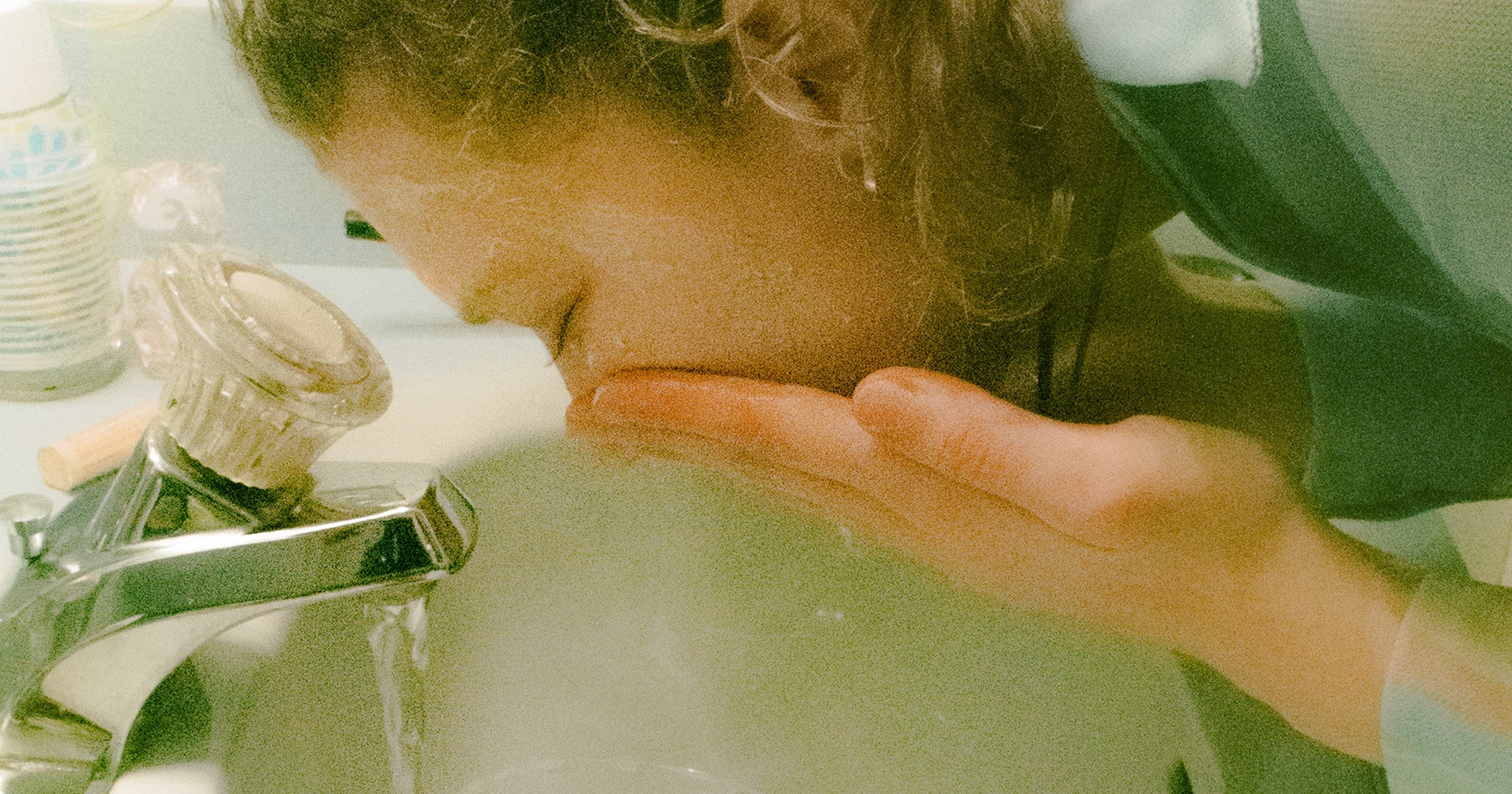Letting Nature in: Transform Your Sanctuary with Biophilic Home Design
Looking to make changes to your home? Our experts introduce ideas to let nature into your home to create a biophilic sanctuary. The post Letting Nature in: Transform Your Sanctuary with Biophilic Home Design appeared first on Redfin | Real Estate Tips for Home Buying, Selling & More.


“Biophilic” and “rustic” have become designer terms, and both represent roughly the same concept: letting nature into your home. As we look for peace in the chaos of modern life, the appeal of nature’s embrace has never been stronger. So whether you are looking at log homes for sale in Asheville, NC, already renting a rustic apartment in Fort Worth, or still looking for a place to incorporate biophilic home design, this setup will enhance your mental health and your home’s aesthetic.
“As humans, we deeply connect with our past in subconscious ways. From our earliest development on the planet, we learned to survive and thrive in nature, and in doing so, succeeded in fostering future generations. There must be some ingrained connection to nature as it balances itself and all living things in it,” shares interior design expert Kim from Marin County, CA-based Kimberly Rider Interiors.
“Bringing nature into your home isn’t just about adding plants — it’s about creating a space that breathes. Natural elements like wood, stone, and greenery can transform your living space into a sanctuary that promotes wellness and a deeper connection with the environment” adds Ryan from Rustic Decorating.
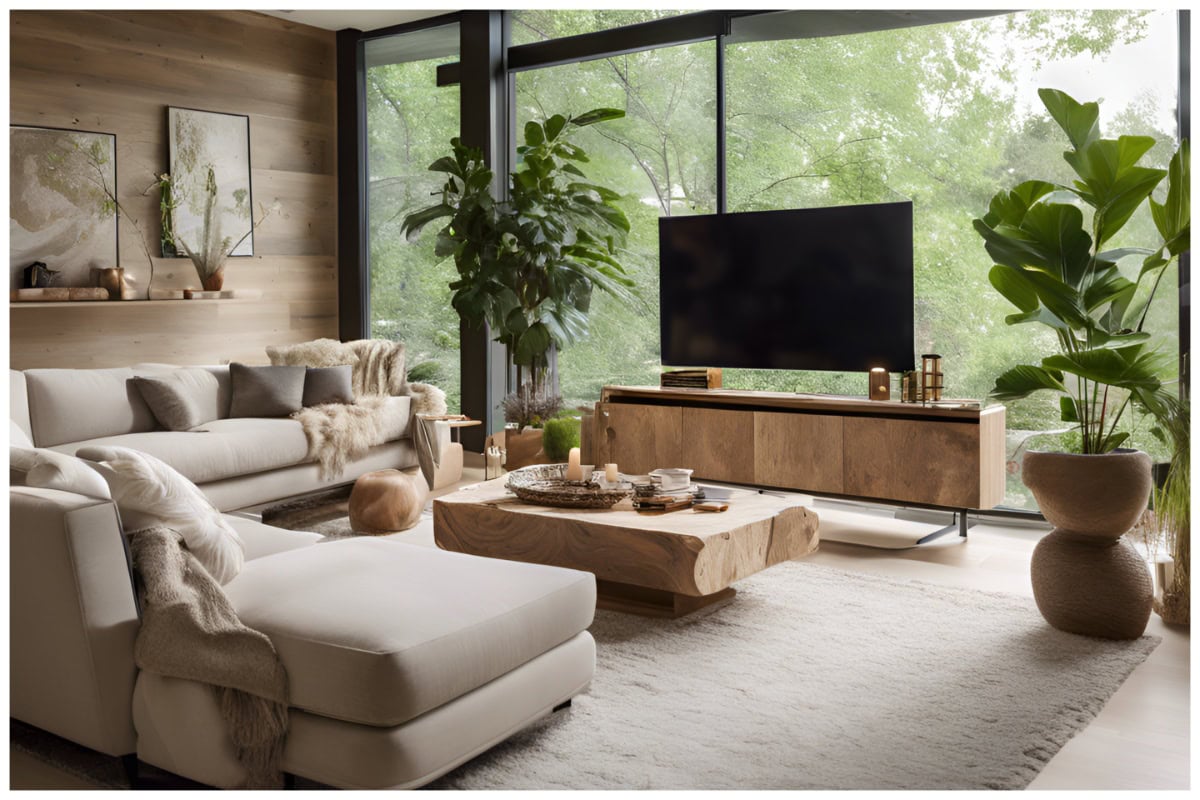
Incorporating natural elements into your living space creates a deeper connection to the environment and increases the aesthetic appeal of your home embracing a return to a simpler, more organic design. “Basically, it’s the idea that there is evolutionary evidence that immersing ourselves in and surrounding ourselves with elements of nature makes us feel more whole, more calm, more at peace, reduces overall stress levels, and increases overall happiness and wellbeing. As we get more and more disconnected from the natural world in our fast-paced, technology-driven lives, the biophilic interior design tries to create spaces that feel like a natural sanctuary (almost spa-like) by using primarily natural elements such as nature art, raw wood, leather, stones etc…” explains Lars Gesing from the Fine Art Nature Images.
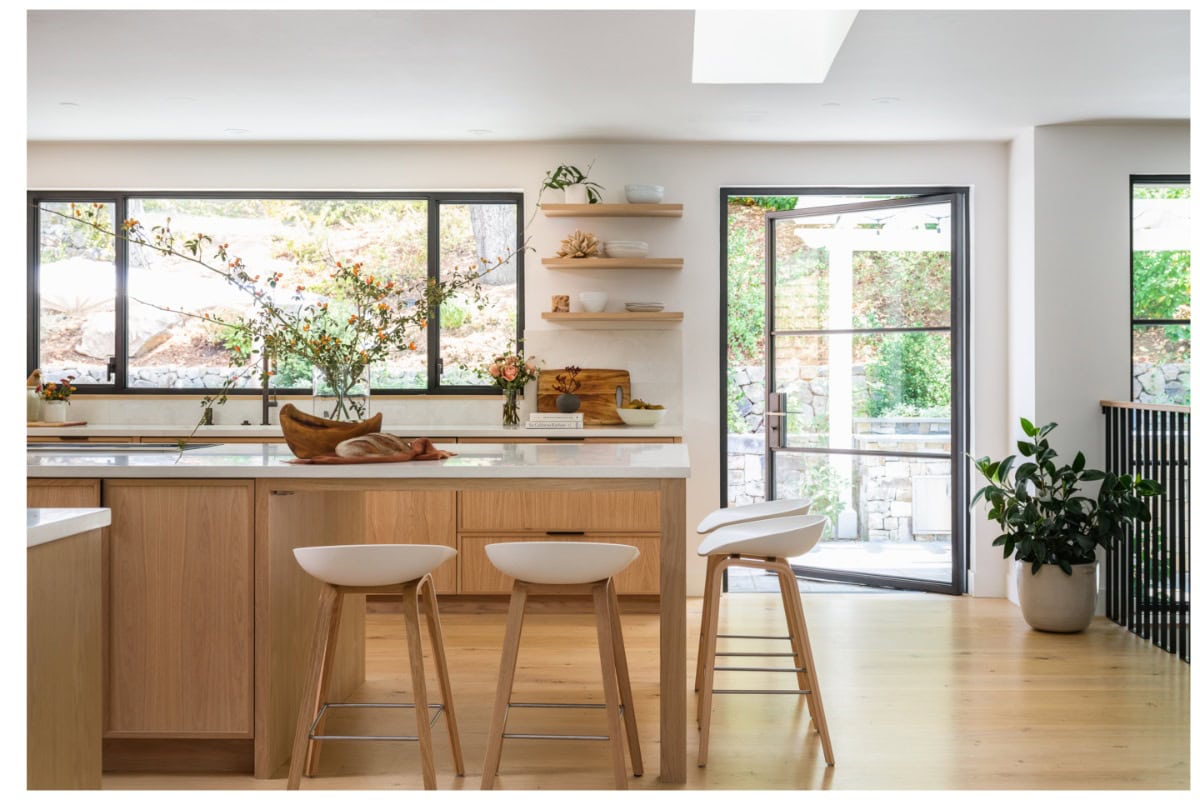
Natural lighting
Due to using less electricity and better longevity, modern LEDs have become a blessing to own. However, no one can deny the benefits of the sun’s warm natural light. Natural light is a powerful force that can positively impact our physical and emotional well-being.
Exposure to natural light is linked to mood and mental health improvement. The sunlight promotes feelings of happiness and relaxation. In the cloudier seasons, incorporating natural light into your home helps combat seasonal affective disorder (SAD) and alleviate symptoms of depression and anxiety. In addition to mood enhancement, natural light has been shown to increase cognitive function and productivity: Studies have found that individuals working in naturally lit environments experience higher levels of alertness, focus, and productivity compared to those in artificially lit spaces. As remote work increases, maximizing natural light in your home office or workspace can create an environment maximized for creativity and productivity.
Jennifer Downing from Mokume Design Studio, an interior design studio focused on creating wellness spaces through optimizing our connection to the outdoors, explains it this way: “Creating and maximizing strong connections and views to the outdoors is one of the most important and impactful design approaches in an interior space. Views of the outdoors and increased access to natural light have an incredible effect on the mind and body – both contribute to strengthening circadian rhythm, elevating mood, and reducing mental fatigue” Mokume suggests to readers, “We often raise window and door header heights above ‘standard height’, place skylights to maximize natural light and create ample opportunity to invite occupants outside” to maximize their natural light exposure.
Strategies for maximizing natural light
South-facing windows receive the most sunlight while north-facing windows provide softer, more diffused light. If building a new home or looking for one, look for skylights or light wells to introduce natural light into interior spaces without direct access to windows. For those without access to skylights, utilize glossy finishes or mirrors to amplify the luminosity of natural light and create a brighter atmosphere. For the walls choose light-colored, reflective surfaces on ceilings, and floors to bounce natural light deeper into your living spaces.
Utilize sheer curtains or blinds that can be easily drawn aside to maximize daylight penetration. Also, consider installing light-filtering or UV-protective window films to reduce glare and minimize heat gain while preserving the benefits of natural light.
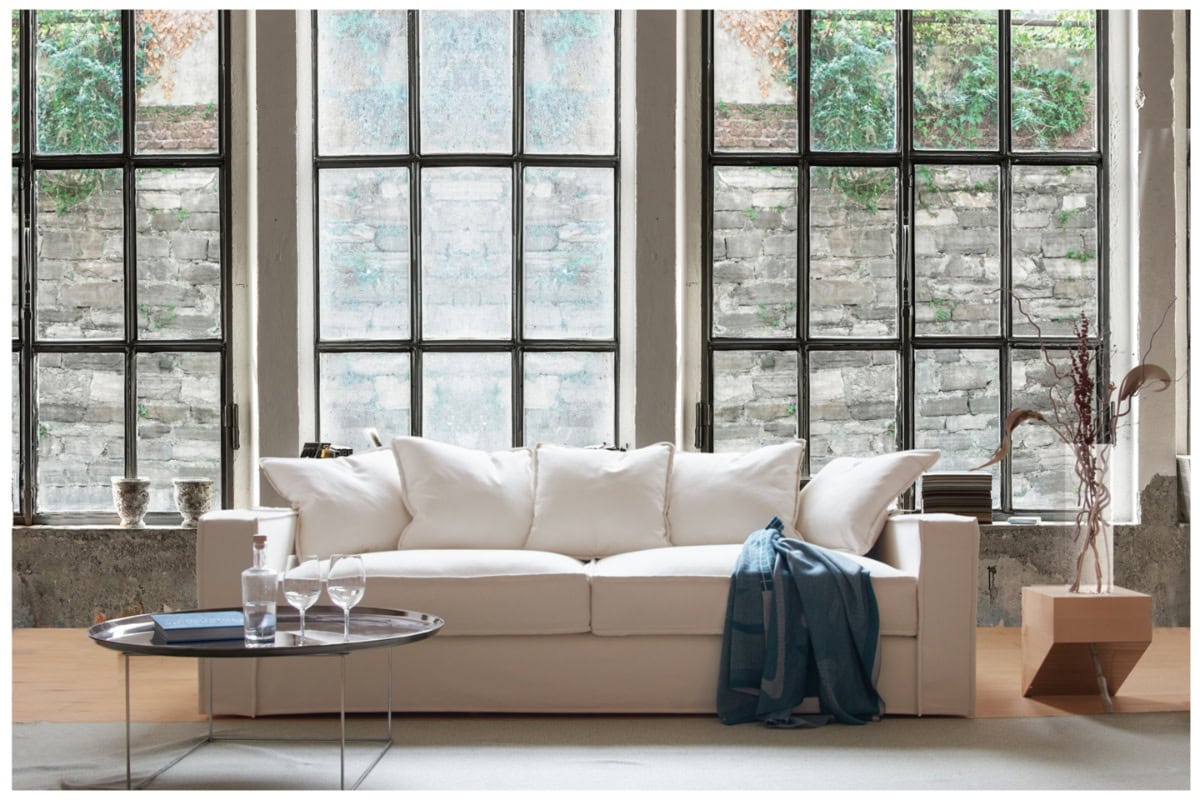
Enhanced furniture
When selecting furniture and décor pieces, materials that reflect the beauty of the natural world are necessary. Furniture crafted from sustainable sources, such as reclaimed wood or bamboo, to add warmth and character to your home. Earthy textures like stone or linen through rugs, throw pillows, and upholstery evoke a sense of comfort.
Christine Sintermann, co-founder of Biosofa, a company focused on sustainable furniture, says, “Furniture is not merely about aesthetics; it’s about the air we breathe and the environment we create within our homes. In a world filled with composite materials, it’s essential to adopt a mindful approach, similar to scrutinizing the ingredients in our food. Complex materials often harbor harmful additives such as chemicals and glues, significantly impacting indoor air quality. When shopping for interior design, remember to embrace simplicity and look for furniture made out of certified natural materials.”
Woodland Pulse, a company offering a wide range of planters and modern organic home decor states, “We believe that incorporating natural elements into your home not only enhances aesthetic appeal but also fosters a profound sense of wellness and connection with the environment. Our curated selection of products is designed to bring the serenity and beauty of nature into your living space, creating a harmonious and rejuvenating atmosphere.”
Log Cabin Rustics, a company focused on premium handcrafted log furniture, reclaimed wood furniture, and other rustic furniture, agrees with Woodlandpulse. “ An easy way to bring the outdoors inside is to incorporate natural materials like wood into your furniture pieces. This could be through a cedar twig headboard that mimics tree limbs or a vintage piece like a barn-door real barn wood bed. Matching these pieces with earthy color palette bedding will only enhance the effect.”
Lydia Flynn, founder of Lavender and Laurel, helps people transform their living spaces into sources of comfort, joy, and self-expression. Lydia recommends, “Choosing sustainable and ethical materials as a simple way to add authenticity to your home. Opt for natural materials such as cotton, bamboo, raw wood, stone, and clay for furniture and soft furnishings. You can also quite literally bring nature indoors with houseplants, flowers, terrariums, and herb gardens, or you could choose decor made from unprocessed materials, such as handwoven wicker baskets, raw crystals, or rattan shelving. Look for pieces that have an organic, untouched feel or appearance.”
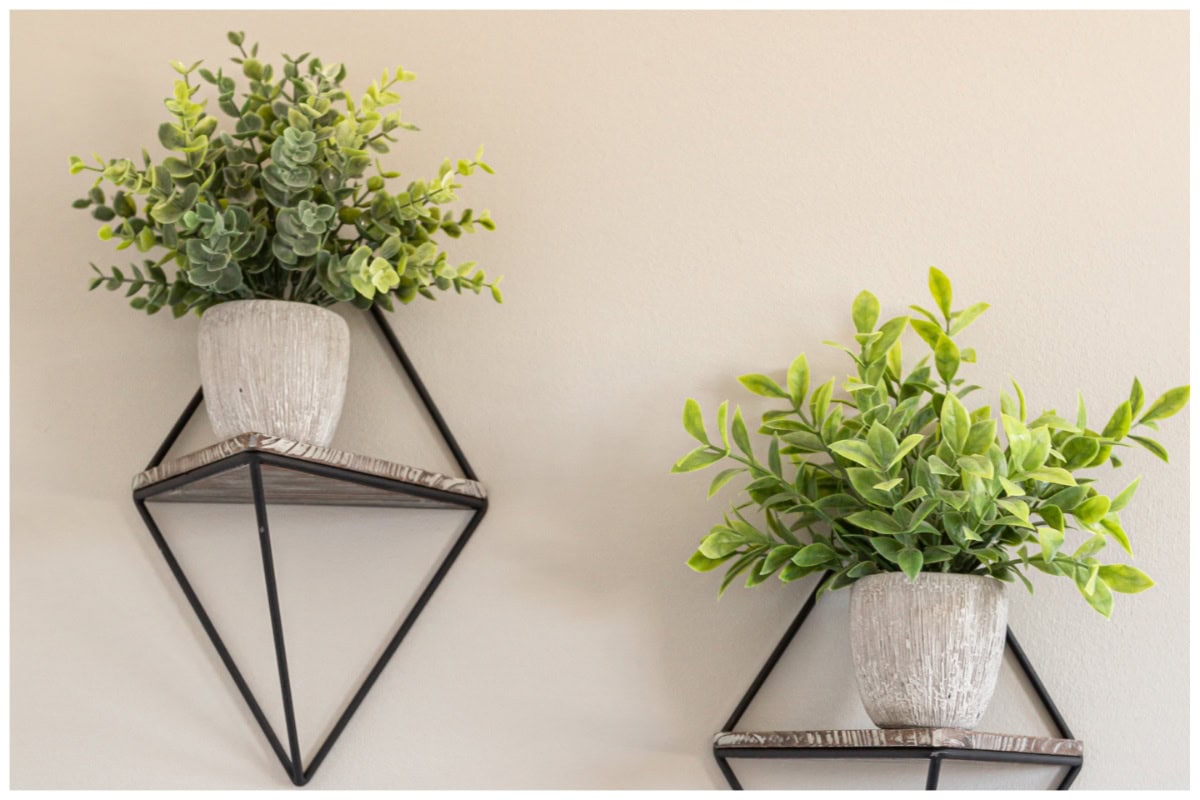
Botanical wonders
Nothing says bringing the outdoors in like growing plants within your four walls. Chris Meyer, the owner of the Catalina Plant Company, shares his views on plant ownership for homes. “You furnish your home to bring not only a reflection of one’s self but to bring a sense of well-being. Houseplants can help with this! Plants incorporate the innate connection that humans have always had with nature. Not only that, but many houseplants are good to help cleanse the air in your home, helping to remove formaldehyde, trichloroethylene, and benzene. Growing plants in your home can also be a very rewarding experience! Give them proper light, watering, and seasonal plant food, and they will reward you with new growth and sometimes flowers! So find the right plants for your home’s environment, breathe the clean air, and watch your home flourish! A few popular and easy to care for houseplants, include snake plants, ZZ plants, and pothos.”
Principal Designer Natalie Meyer of CNC Home & Design helps families create more welcoming, entertaining, family-friendly, style-infused homes. Natalie explains, “In today’s busy and stressful lifestyles, adding natural elements into your space to promote wellness has become necessary more than ever before. Some of the ways I promote wellness and connection with the environment in both my and my client’s homes is by adding touches of greenery, such as an olive or fiddle leaf fig plant, vases of fresh flowers or eucalyptus, or even potted succulents.”
The same idea is shared by plant shop Semillas Chicago as they state, “Incorporating plants and flowers into your home is more than just an aesthetic choice; it’s a way to foster a deeper connection with the environment and promote overall wellness. Plants and flowers not only purify the air but also bring a calming presence that can reduce stress and improve mental clarity.”
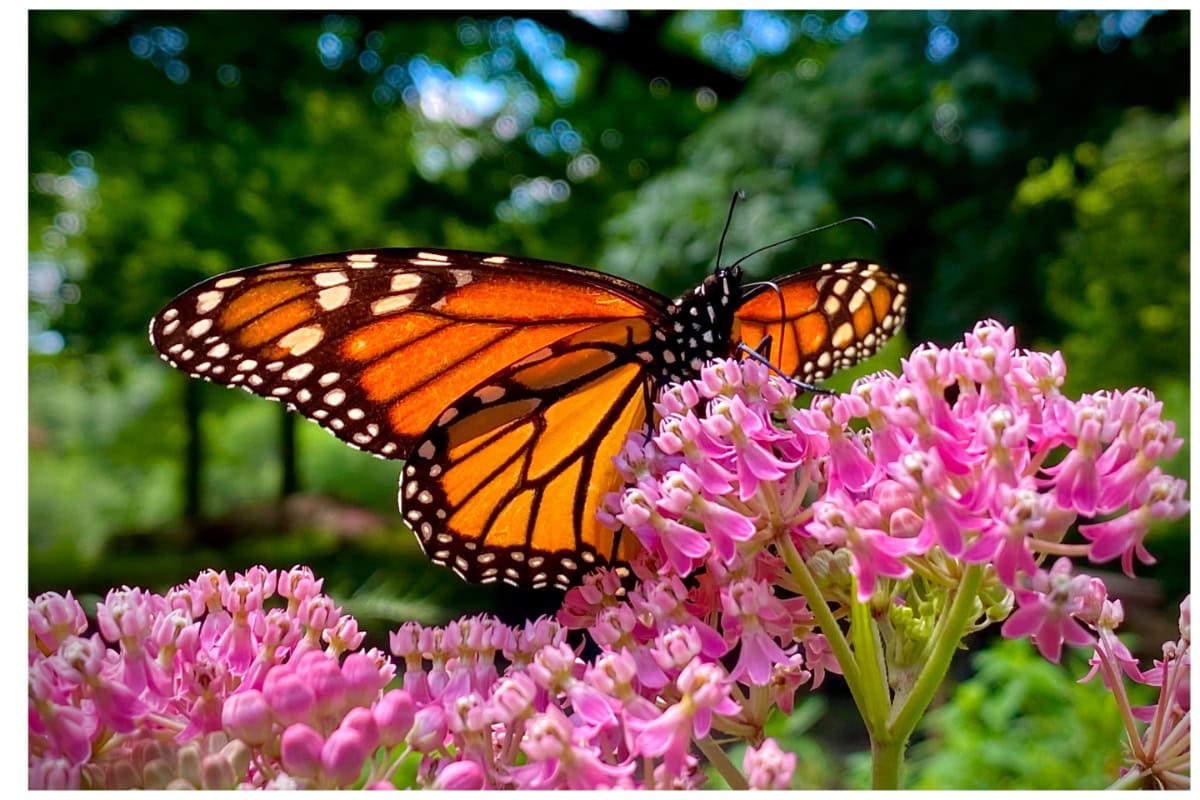
Outdoor escapes
Extend the biophilic home design elements beyond the confines of your home by creating an inviting outdoor retreat with comfortable seating, lush greenery, and ambient lighting to encourage relaxation. Incorporate natural elements such as stone pathways, wooden decks, and water features to unify indoor and outdoor living. To make your backyard more nature-connected, start by incorporating native plants that attract local wildlife such as birds, butterflies, and bees.
“Since the 1990s, the monarch butterfly population has declined by about 90% in eastern North America. In 2022, it was classified as an endangered species. Sadly, the monarch is not alone in its plight. Many other wildlife populations are also in serious decline due to habitat loss. Native plants are the foundation of ecosystems and create habitat. What we choose to plant in our landscapes matters now more than ever. A great place to start is in your backyard. Create a habitat for wildlife and restore balance with native plants!” says Mitchell, owner of Detroit Wildflower Nursery and spokesman for native plant preservation.
Creating habitats such as birdhouses, butterfly gardens, or a small pond encourages biodiversity. Incorporating natural materials like rocks, logs, and mulch to provide shelter and food sources for wildlife. By creating an outdoor escape, you can transform your backyard into a haven connecting you with nature.
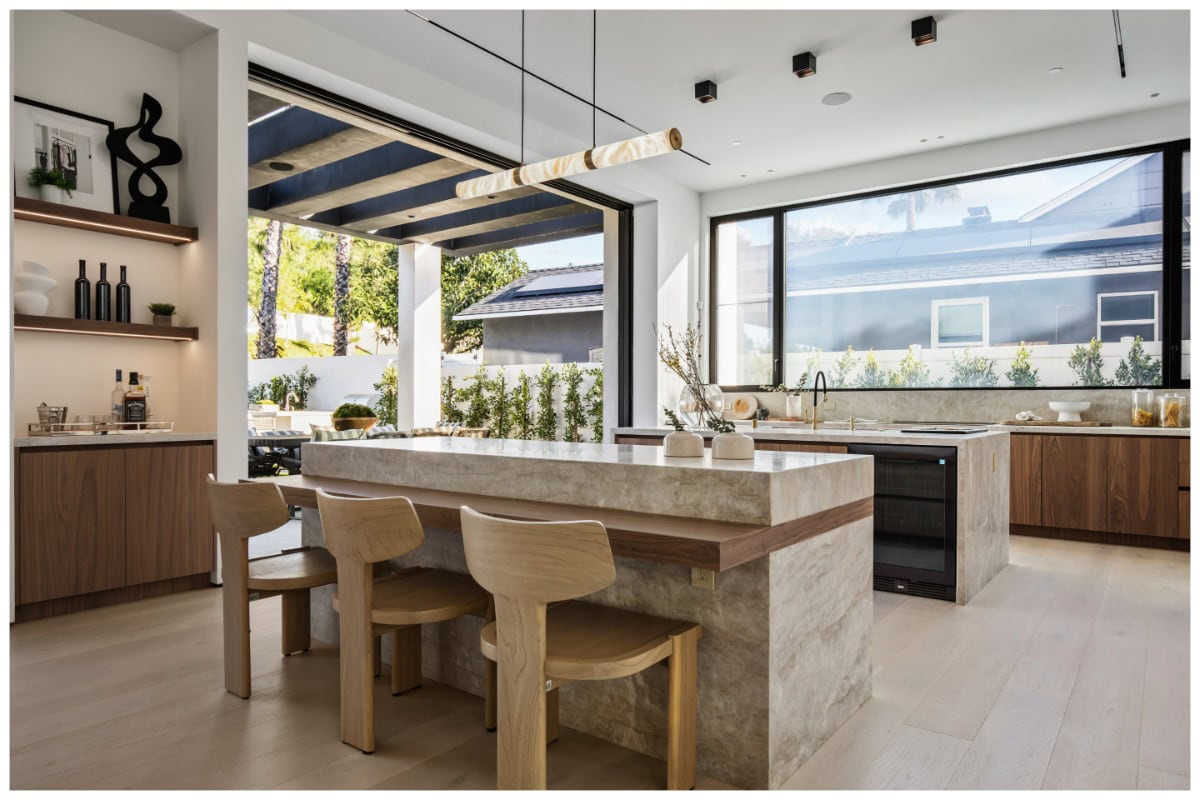
Let nature in through biophilic home design
Interior design firm Interior Conception puts its best when they said, “Transforming our homes into nature-inspired sanctuaries means blurring the boundaries between indoors and outdoors. By using disappearing pocket doors, or using the elegance of quartzite and marble, the warmth of walnut, and the vitality of real plants or potted trees. This creative fusion crafts spaces that are not only visually captivating but also deeply nurturing, inviting the serenity and beauty of nature into our everyday lives.”
Introducing nature into your home design is not just for aesthetics but it is a reflection of our desire to reconnect with the environment. By infusing your living spaces with the beauty of the natural world, you can live in a more relaxing space that promotes your well-being, creativity, and a deeper appreciation for the world around you. So, let nature in, and transform your home into a restful sanctuary where modern luxury meets natural beauty.
The post Letting Nature in: Transform Your Sanctuary with Biophilic Home Design appeared first on Redfin | Real Estate Tips for Home Buying, Selling & More.
What's Your Reaction?



































/cdn.vox-cdn.com/uploads/chorus_asset/file/25517480/2023_Amazon_Fire_HD_10_Lifestyle_Press_Image_2.jpg)
/cdn.vox-cdn.com/uploads/chorus_asset/file/24110035/226347_Kindle_SVasani_0004.jpg)




































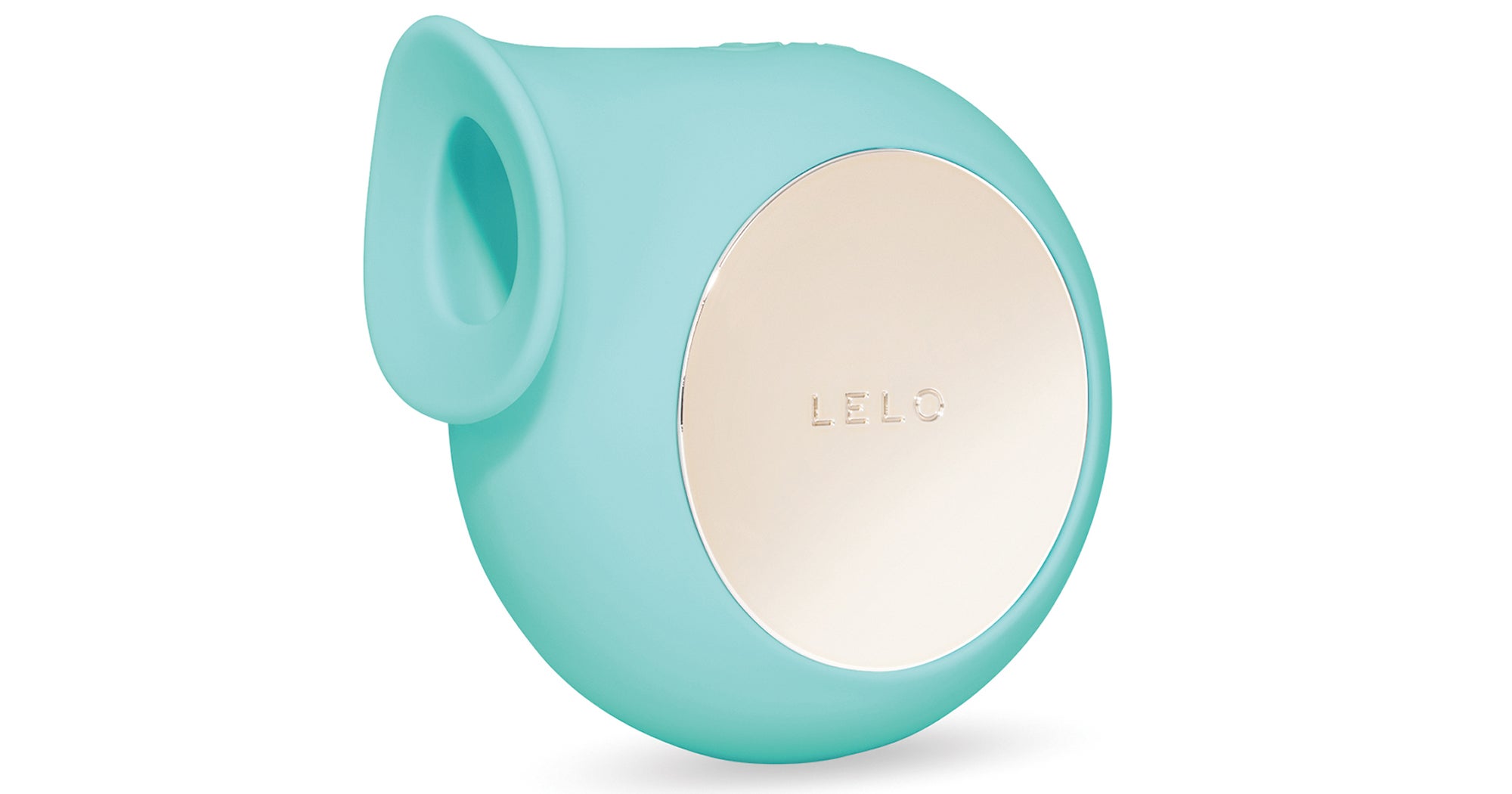













![Netflix Horizon Zero Dawn TV Show Reportedly In Trouble [Update]](https://i.kinja-img.com/image/upload/c_fill,h_675,pg_1,q_80,w_1200/cc9a42c0341c691ff31e3f12daeddc34.jpg)

























